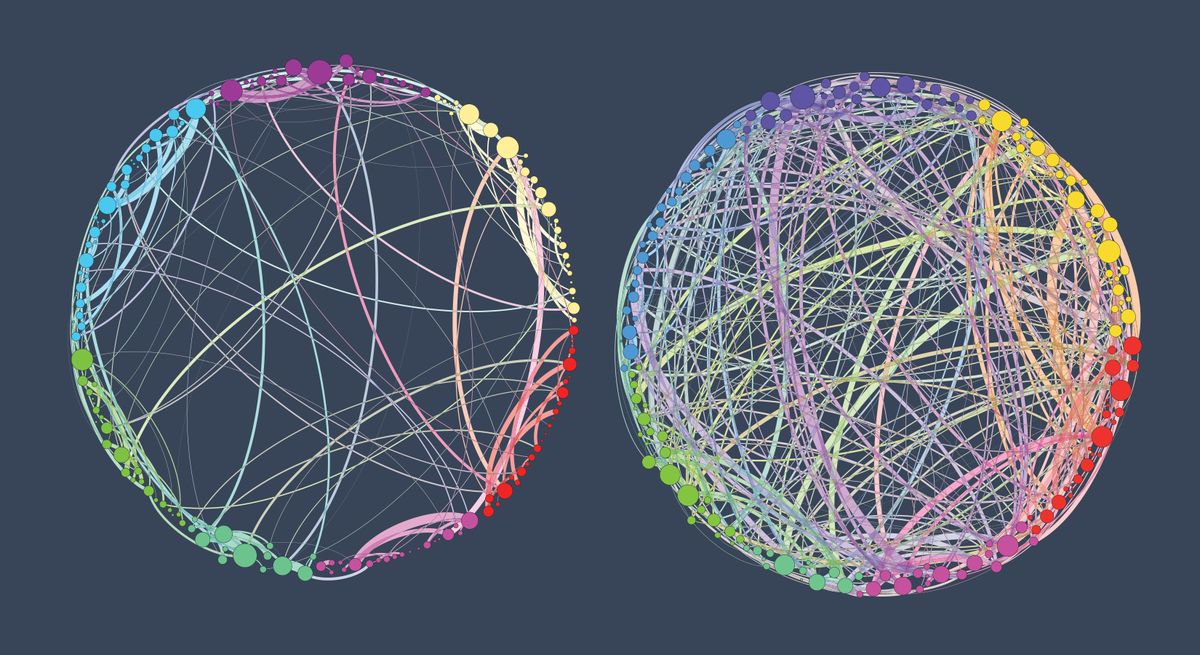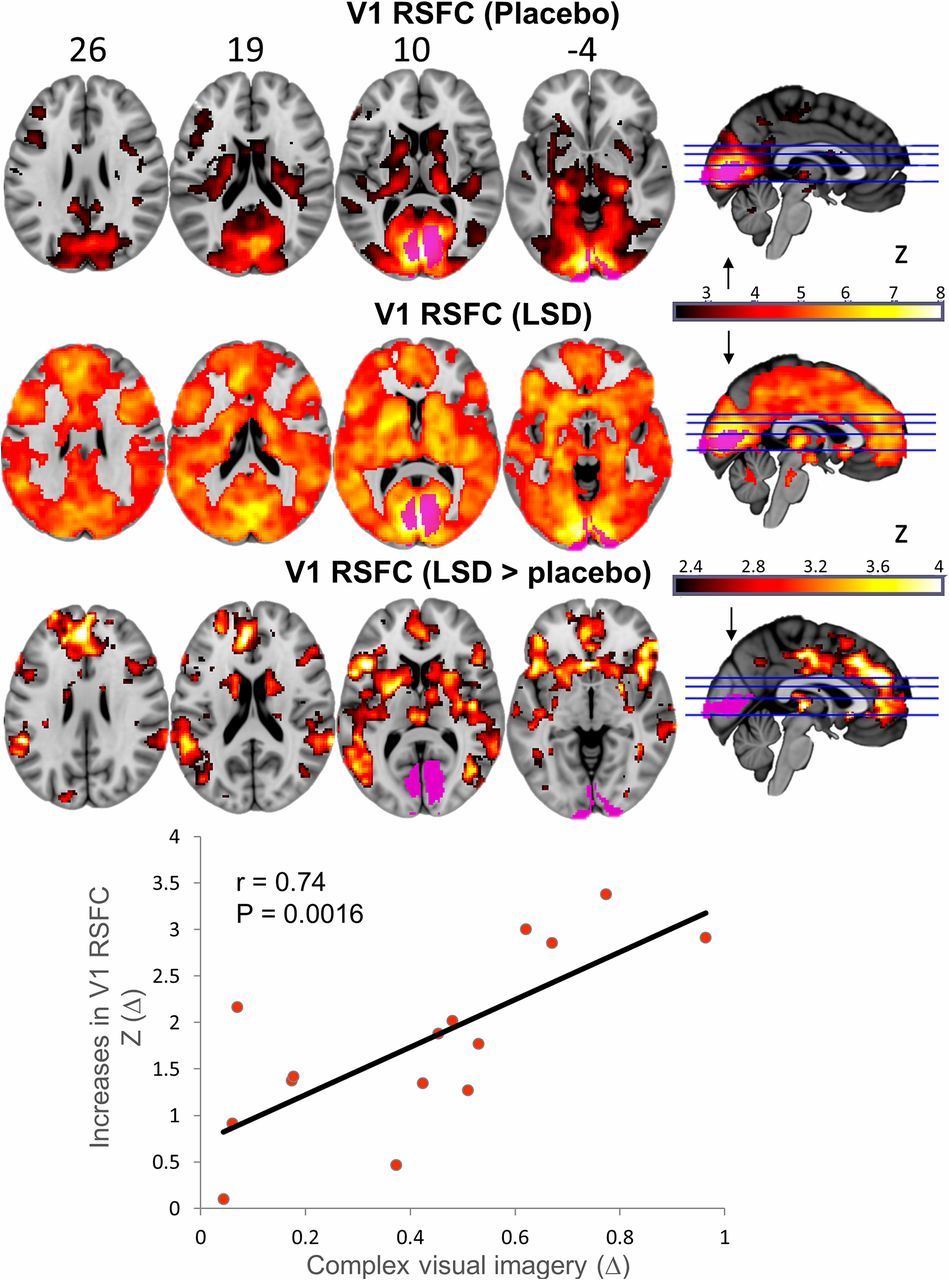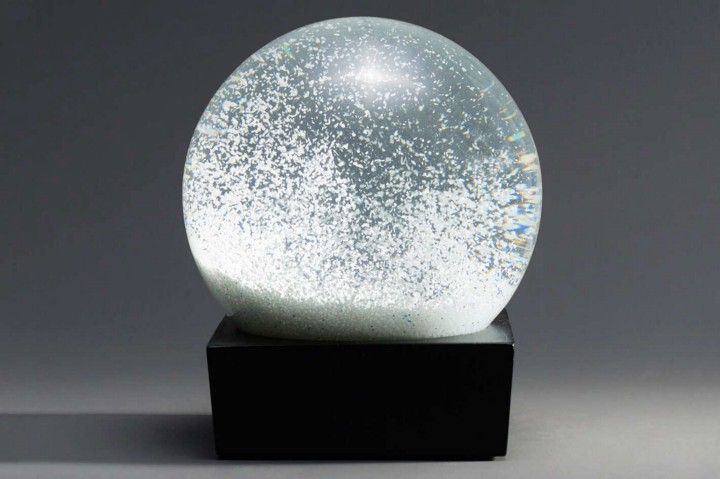A brain on psychedelics
A short post about the findings from psychedelic drug research and brains.

This post is about what going inside a brain on psychedelic drugs. Specifically, its about the active component of magic mushrooms (psilocybin) and acid (lysergic acid diethylamide, LSD).
LSD is new to the world; it's been around since it was discovered by the Swiss chemist Albert Hoffman in 1938. Mushrooms on the other hand are ancient; they are thousands of years old and grow freely in nature.
People have known for a long time that taking psychedelic substances changes the brain and mind.
But what exactly is going on?
Brain imaging is new. Today neuroscience exists essentially because of this technology.
What is it?
Brain imgaging (or brain scans) are computer technologies. They allow researchers to monitor the brain in various ways in real time.
They do this by creating models based on measurements about what's going on inside. Often the measurements include oxygen levels or blood flow, which are both proxies for brain activity.
That is, we can observe changes in oxygen levels or blood flow and from this infer which brain areas were more active under certain conditions.
So...
Give people psilocybin or LSD and watch their brain trip (under highly regulated, cautious and thoughtful conditions).
The default mode network (DMN) is the part of the brain active when you stop, close your eyes and think about yourself in relation to the world. It’s where you reflect, regret, and relive memories good or bad.
It’s the home of what has been called the soul, ego, or self. Put simply, psychedelics really shake up the DMN.
Your brain is made up of local systems. Some interact lots, some remain separate.
When you look at a picture for example, you don’t simultaneously smell the image as well as process it visually (unless it really stinks maybe?). The visual pathway and smell system under normal conditions operate separately.
What psychedelics do is connect parts of your brain temporarily that usually operate separately.
Below = the top row is the brain operating under a placebo; the second row = LSD.

When tripping, your senses interact, mingle, and connect in impossible ways in normal life. You see, hear, experience the world completely differently.
On high enough doses people experience “ego death”, which essentially seems to be the merging of their DMN with many areas of their brain at the same.
One's sense of self is reduced as the other brain pathways communicate and overwhelm what you usually think of as “myself” or “I”. What emerges from the interactions of the brain in this new way is often described as first terrifying, but later as beautiful.
Essentially, the Buddhists are partly right.
When "I", or "me" dies, life goes on. Many people in psychedelic studies report describe this kind of experience as one of the most meaningful in their entire lives.
Left = a brain doing normal operations. Right = a brain on psilocybin.

Entropy is defined here as describing the uncertainty about the state of a system. Gas inside a container will have low entropy, we can measure and understand what is going on inside.
Release the lid from the container, the gas will escape and fly off in all directions. Entropy increases, and our ability to rationally predict where exactly that gas is becomes increasingly difficult.
Ingesting psychedelic drugs can be seen as introducing entropy (chaos, uncertainty) to the brain systems.
As one neuroscientist described it, psychedelics really shake up our snow globes.

Today, what science is trying to do is work out who’s brain could benefit from temporarily benefit from increased entropy (increased chaos and a general shake up) and that which it brings, perhaps a new way of viewing the world and oneself in relation to it.
Psychedelic research is currently going on around the world under strict and cautious conditions.
People interested in bringing these drugs back into the mainstream want to do this because of their therapeutic and spiritual benefits, so the research maintains high quality conditions in order to build up a reliable body of knowledge over time.
It is hoped that over time positive knowledge will build up under the credible stamp of science and then psychedelic drugs will enter the mainstream and help people with drug addictions, depression, and death anxiety.
I have written about these therapeutic benefits here, and the limitations of psychedelic drugs here. They are powerful, serious and not to be taken lightly. Like all drugs, there are rules, contexts, better and worse ways to use them.
Alcohol can fuel bar fights, drink driving accidents, but it can also bring people together in social settings with laughter and dancing.
It's not inherently good or bad; its how we use it that matters.
And psychedelic drugs are no different.
